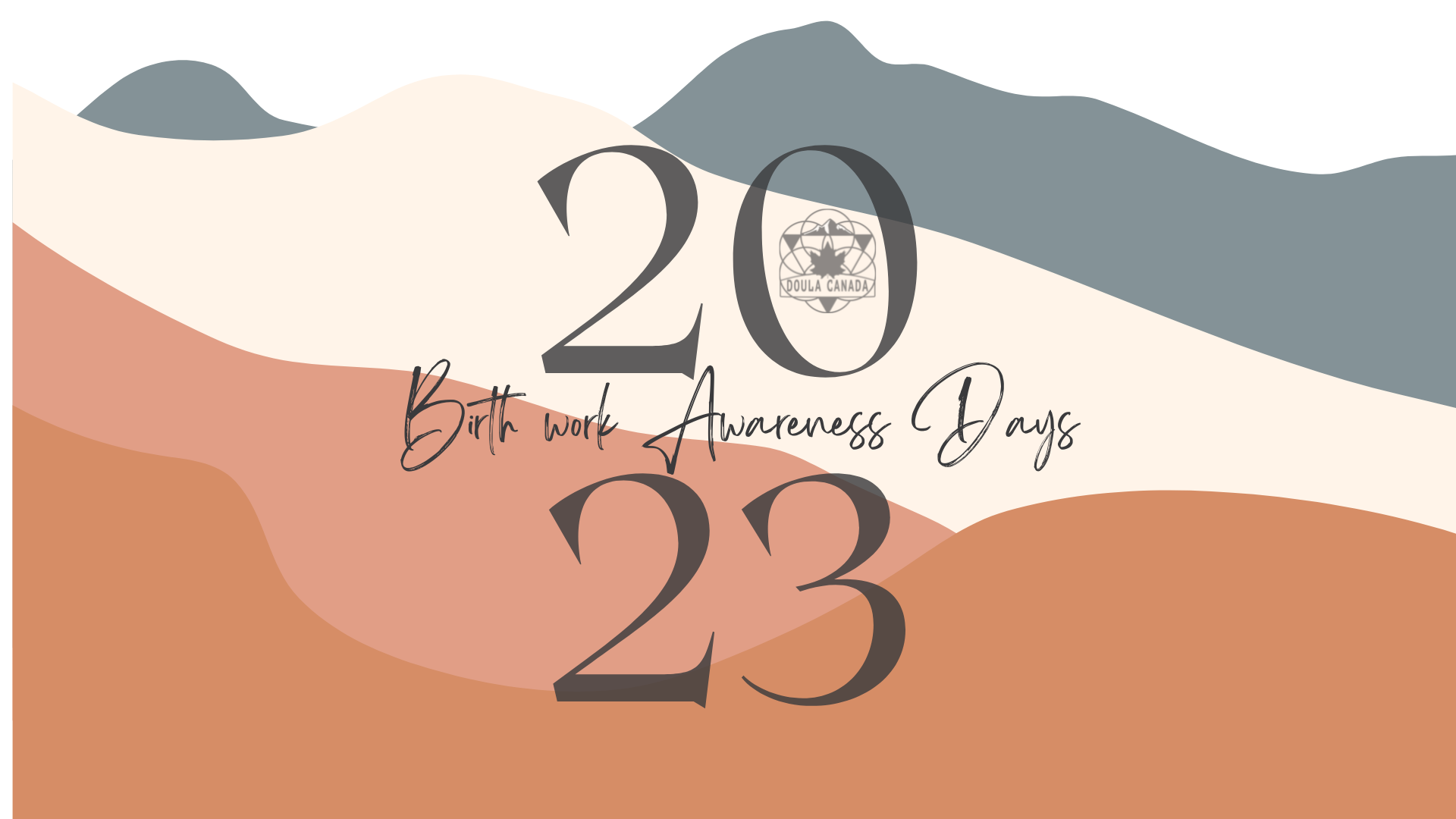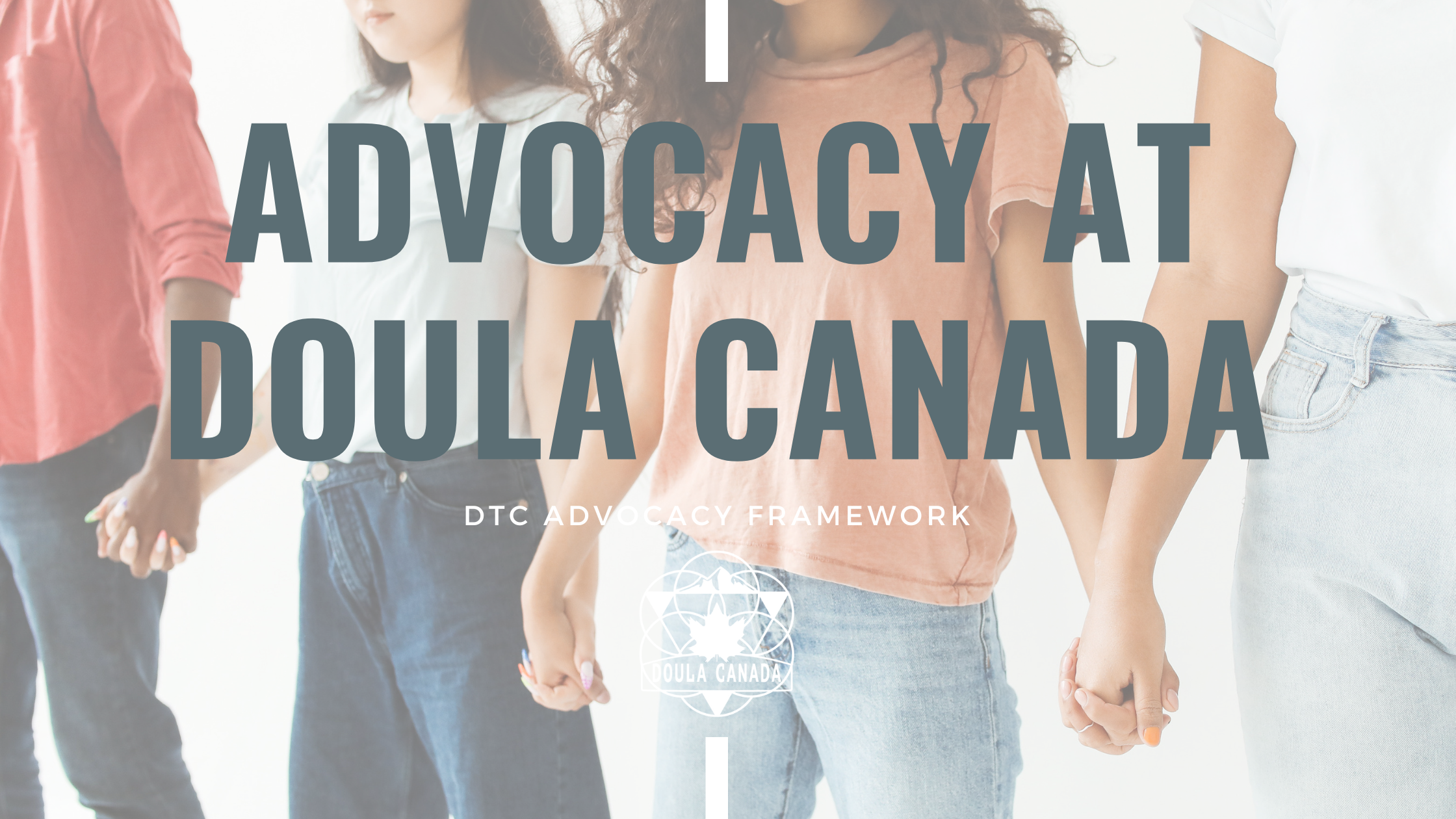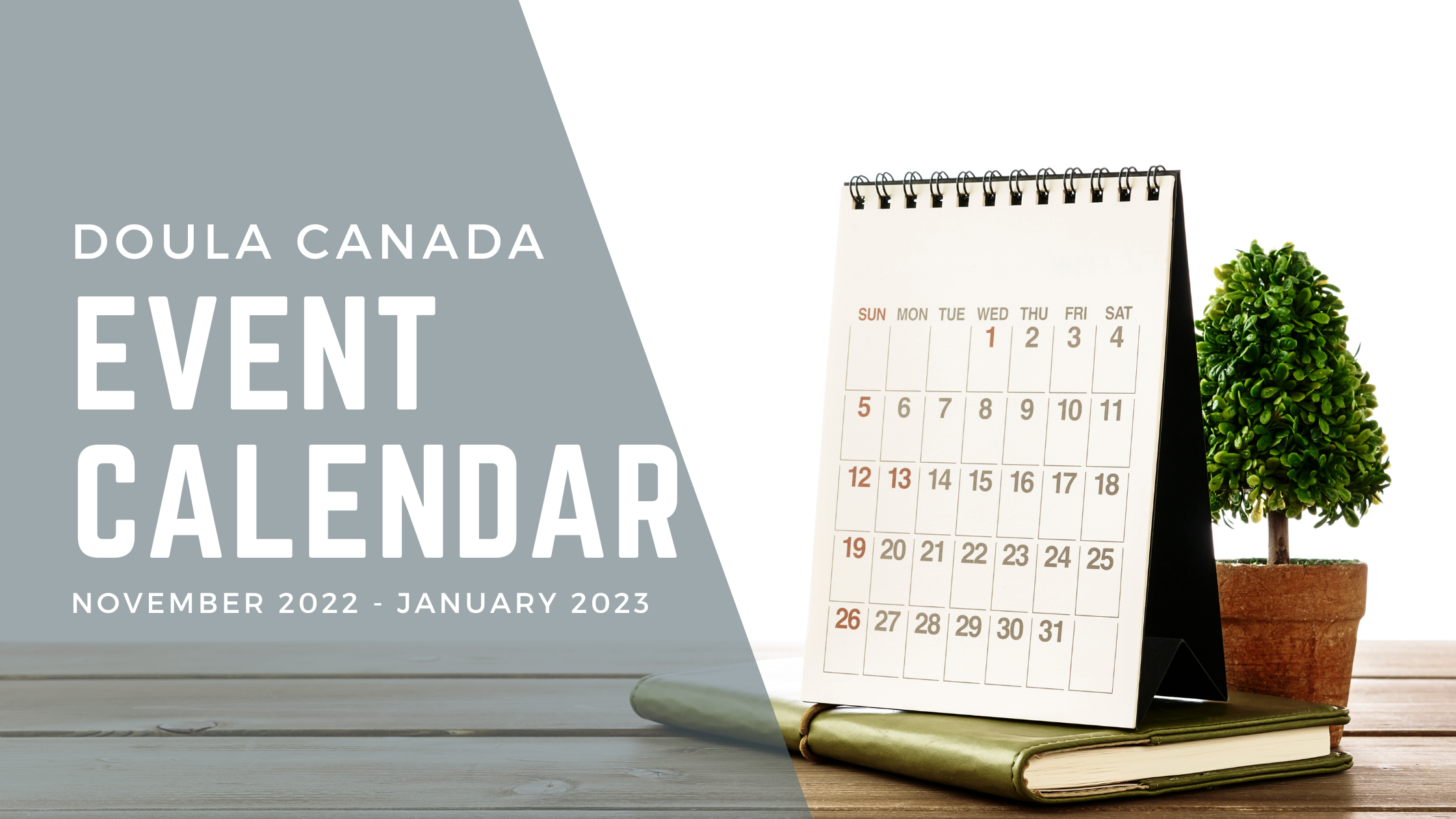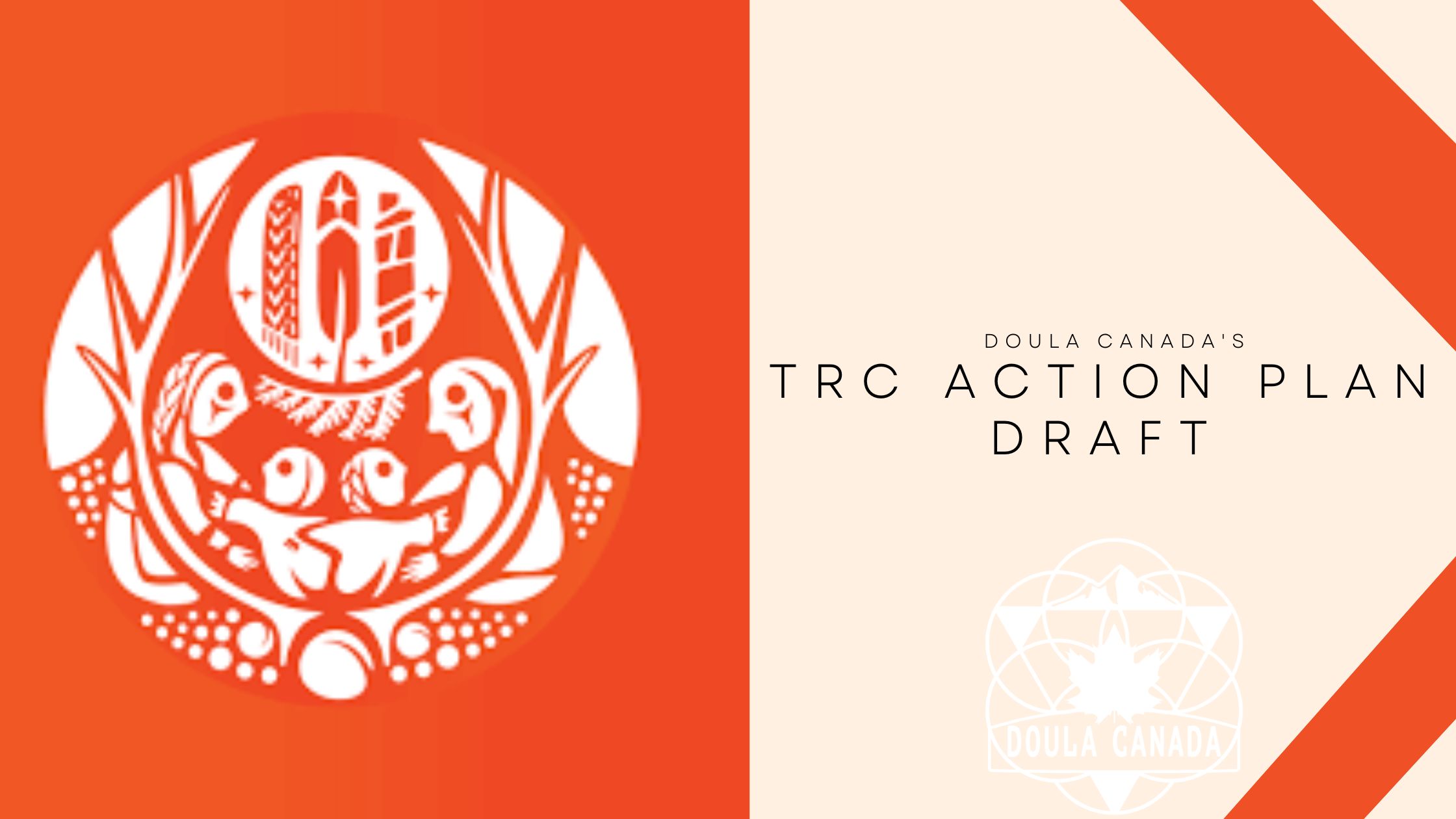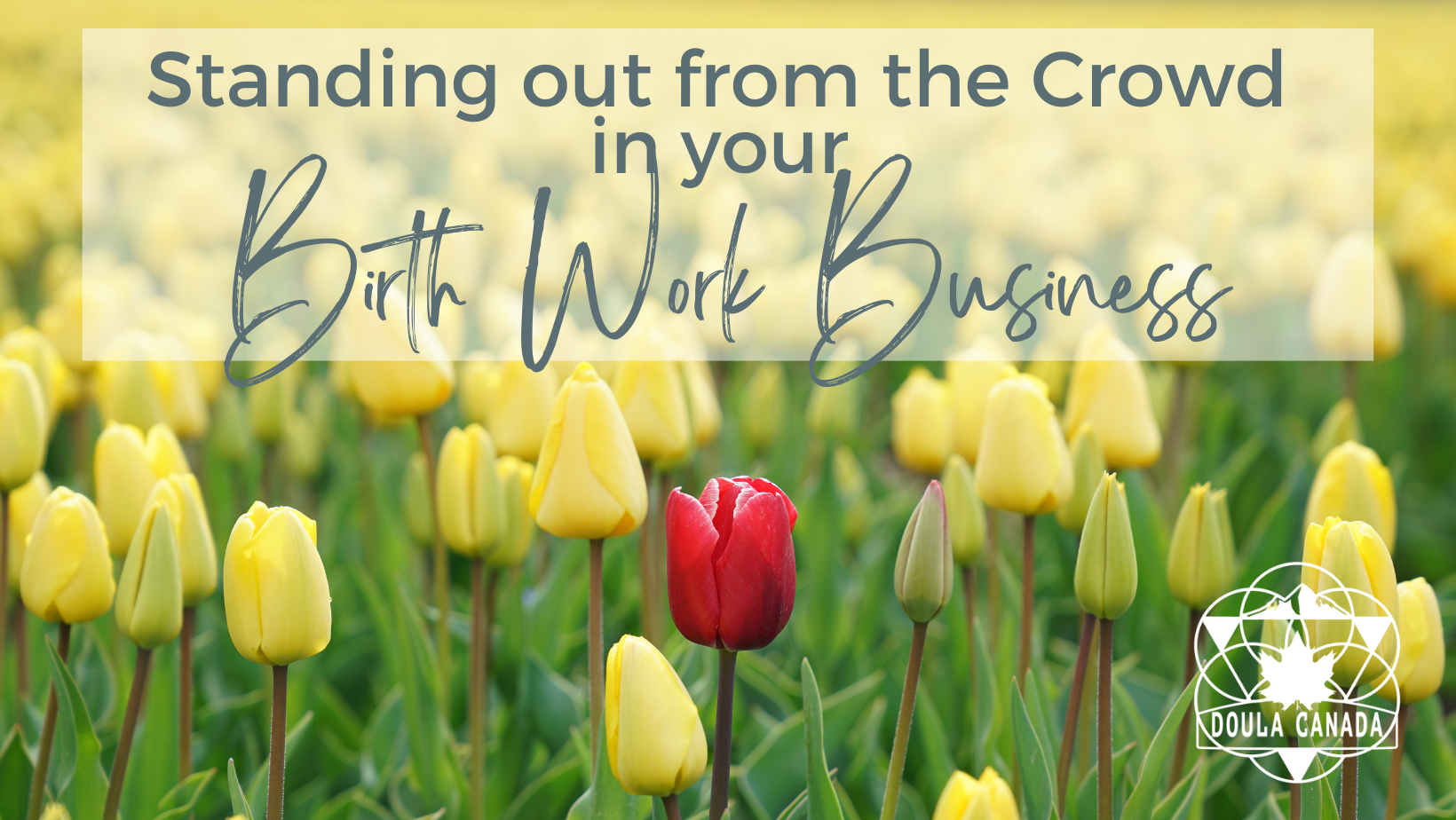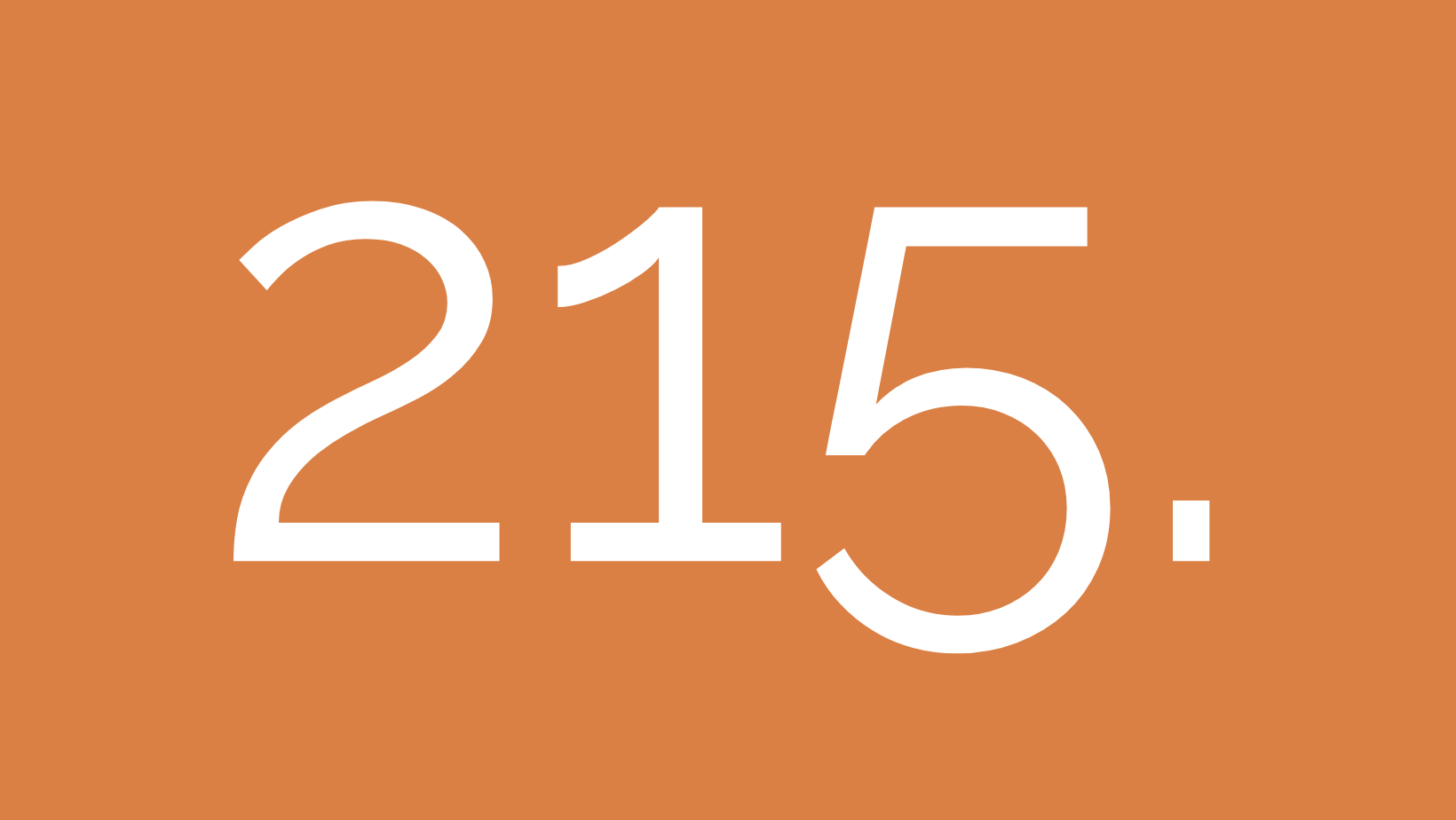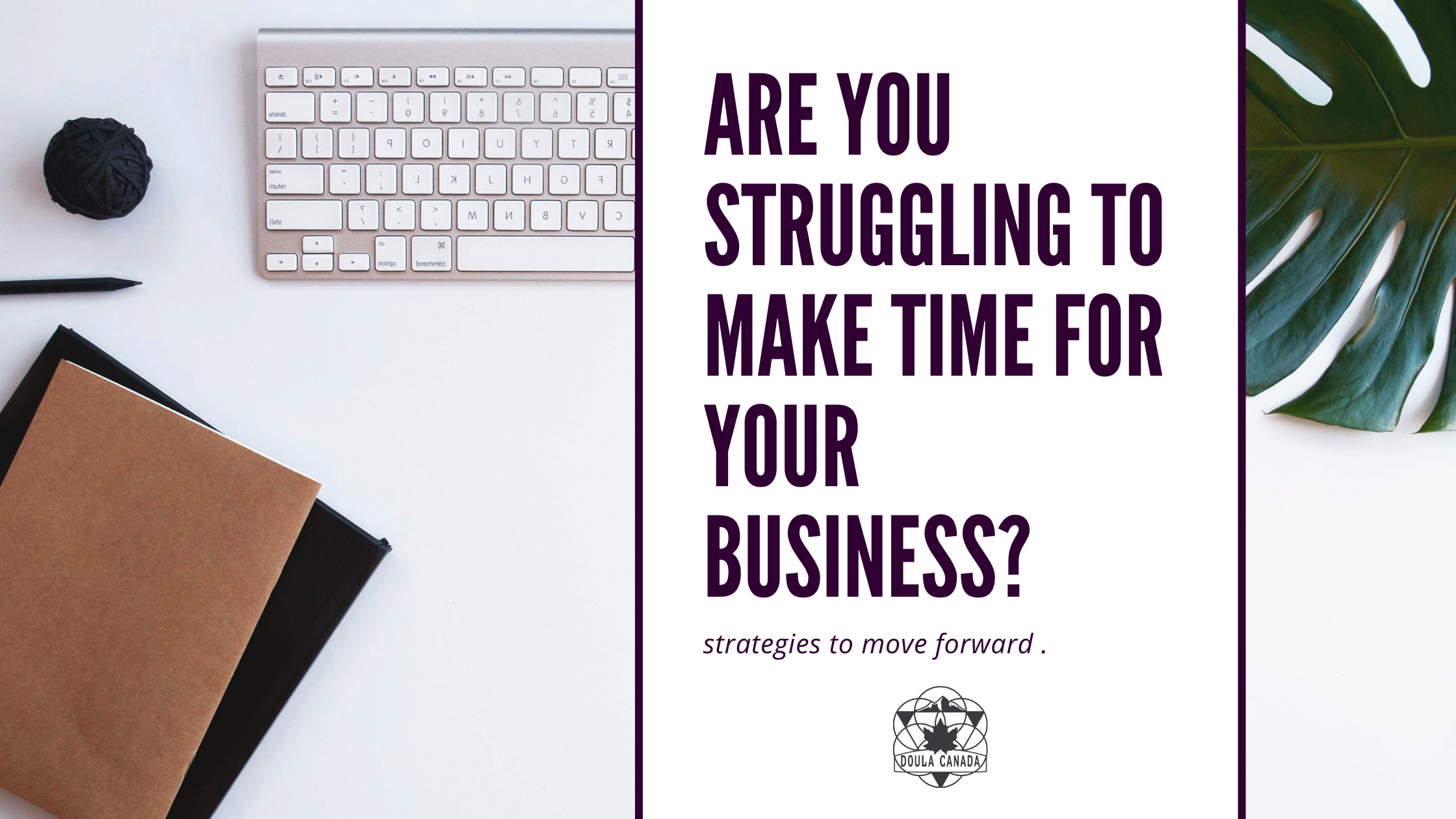[vc_row][vc_column][vc_single_image image=”502714″ img_size=”full” alignment=”center”][/vc_column][/vc_row][vc_row][vc_column][mk_padding_divider][/vc_column][/vc_row][vc_row][vc_column][vc_column_text css=”.vc_custom_1685976157863{margin-bottom: 0px !important;}”]As Pride month comes to a start, I decided to write a more personal piece for the Doula Canada blog. As many queer people know, the process of coming out isn’t linear nor a one time deal. Queer people often come out over and over, in every day interactions. We decide whether or not its safe to come out, whether or not it will have repercussions professionally, socially, and within our family circles. Pride comes with a lot of baggage. Working at a feminist vocational school, that celebrates diversity and inclusion, I know that writing this is a safe space.
You see, I’m freshly out. I’ve been “out” as pansexual for about five years, but being “conceptually queer” and “actively queer” feel very different. Not that pansexuals do not struggle, we do, but we have one of those “border” identities where we can experience privilege and oppression at the same time, i.e. “passing”. Being able to pansexual while being in opposite sex relationships had a sense of “safety” in it. I could identify as queer, but also feel accepted and included by following compulsory heterosexuality.
What is that you ask? Compulsory heterosexuality is the concept that society favors those who act in heterosexual ways. Our social norms favor heterosexuality, and it is assumed to be the default. You see this when someone asks you if you have a spouse of the opposite sex. When teachers can speak about their partners freely (as long as they are straight) and we assume things about strangers we do not know. Being conceptually queer, but passing as “actively straight” kept me safe. I didn’t have to have uncomfortable conversations, debate whether someone would be accepting of my partner, or wonder if it would be a deal breaker for a job. Until one day, passing didn’t work for me.
I’m 28 years old from a rural area in Northeastern Ontario. I went to a Catholic school where bringing a partner of the same sex to prom was forbidden, and we were told our “lifestyles” were unnatural and against God. I came from an area where queer people were (visibly) few and far between, and if they were outed they were ostracized for being “predators” or other horrendous, homophobic things. At one point, I thought I was queer when I was about 14 years old. A school counselor told me that all girls feel that way at some point, and I believed her. As I grew up, I thought I was emotionally bankrupt to all my boyfriends, that perhaps I was asexual, or traumatized, and that one day I would marry a husband. Asexuality and trauma are valid, but for me, it was a mask that seemed “more appropriate or acceptable” than the thought that I may be attracted to women. I didn’t realize that most women don’t see finding a husband as a begrudging task on a to-do list. This was compounded by the “ball and chain” rhetoric of a heteronormative and often misogynist society. Dating, sex, and marriage is supposed to be disappointing if you are a woman with a man (we’re often told). It was easier for me to believe I may be asexual or traumatized than to think I may one day marry a woman. This is when I realized, I may not be attracted to men at all. But I didn’t know what that would look like.
Representation matters, because I had none.
I was 20 before I saw a lesbian in a professional role, that wasn’t actively trying to hide her identity from the institution she was employed from. She was my Women’s Studies 1000 professor, and I thought about how brave that was. I didn’t realize that queer women could be out in positions of power without punishment.
I was 24 before I realized that you could be queer without ostracization in a bigger city. I was surrounded by queer friends who were living their joyful lives, loving their partners, and living (mostly) without harassment.
I was 26 before I met my first queer couple with children. I was downtown Toronto and finally seeing lesbian and gay couples living loud and proud, and simple and boring just like any other couples. I had never seen pregnancy and childrearing in queer couples, and had always tied my dream of having kids with being in a heterosexual relationship. Representation changed this for me.
How does this relate to doula work? Easy. If you’re a queer doula, you are actively showing the world that queer people belong in the doula space. If you’re creating inclusive advertising for trans and queer people, you are telling them you see them, and they belong in the reproductive health discussion. When you use a trans person’s pronouns, you are validating their experience and showing them you respect their identity. When you learn about surrogacy, IVF, and adoption support, you are creating more services for queer people to access.
Representation matters because it shows queer youth, and queer adults that their experiences are normal, and can be expansive and joyful. It shows others the possibilities within being queer. It shows us our dreams can exist in a comphet society, and that we don’t have to give up a part of ourselves to be happy. So this pride, when you hear someone say “Why do they have to be so LOUD about it?” tell them its for every queer person who is forced to live quietly, and is silently listening.[/vc_column_text][/vc_column][/vc_row][vc_row][vc_column][vc_separator color=”violet”][/vc_column][/vc_row][vc_row][vc_column][vc_column_text css=”.vc_custom_1685976337654{margin-bottom: 0px !important;}”]
Kayt (she/her) is an Anishnaabe kwe from Bonnechere Algonquin territory and the owner of Sweetgrass Solace Wholistic Support. Her post-secondary education includes a Bachelor of Social Work and Bachelor of the Arts in Indigenous Studies from Trent University (2021). She is also a certified hatha yoga teacher and a certifying birth and postpartum Doula.[/vc_column_text][/vc_column][/vc_row]
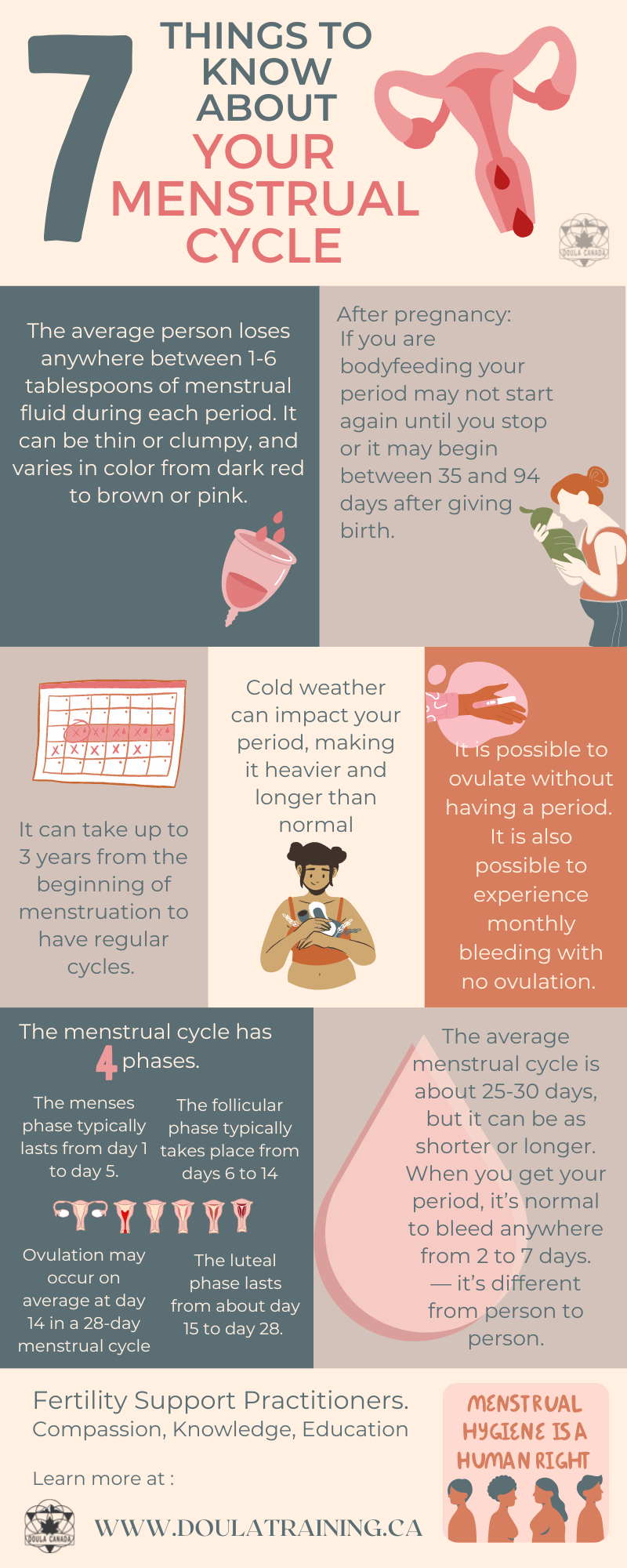

 [/vc_column_text][/vc_column][/vc_row]
[/vc_column_text][/vc_column][/vc_row]